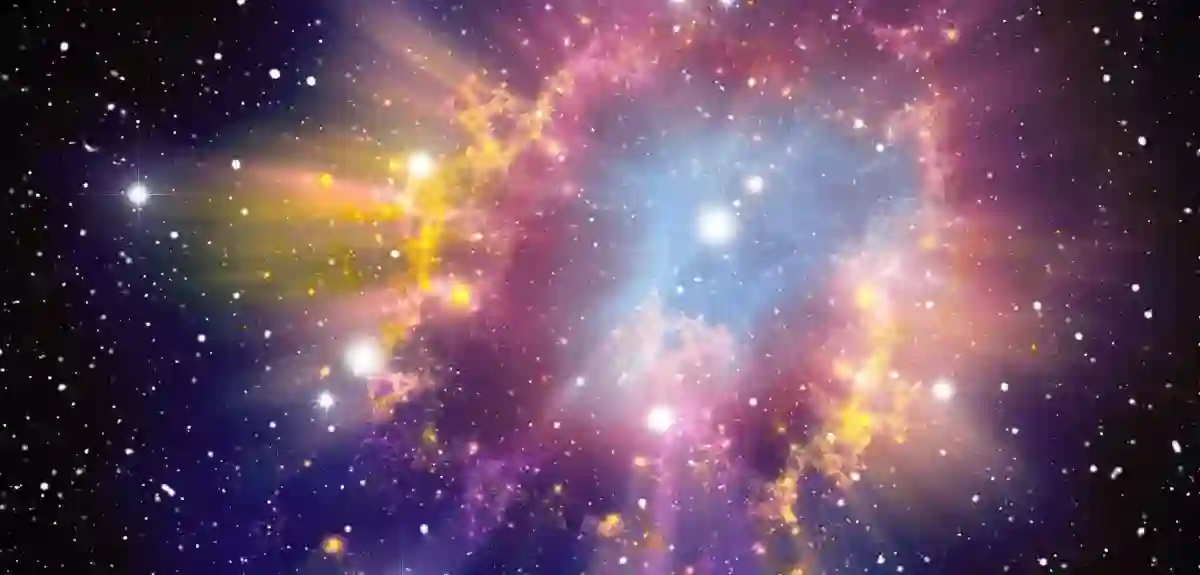
In a spectacular new photograph from the National Science Foundation’s NOIRLab, the shredded fragments of the first supernova ever recorded by mankind — which erupted in the sky more than 1,800 years ago and dissipated within eight months — rise from the cosmic grave.
The ghostly clouds of gas, tinged blood red and whirling around an invisible center of mass, are thought to represent the remaining remnants of a star that burst so brightly and fiercely in A.D. that the detonation was visible in Earth’s midnight skies for nearly a year 185.
First Known Supernova
It is currently known as SN 185 and is thought to be the first recorded supernova. All that is left now is a ring of debris known as RCW 86.
A new image of these relics was just captured using the Dark Energy Camera situated on the Victor M. Blanco Telescope at the Cerro Tololo Inter-American Observatory in northern Chile.
Wispy strands mark the blazing remains of the supernova, appearing to drift like clouds away from the ancient explosion. The rest of the wide field image is filled with stars. The new image is assisting astronomers in their understanding of how supernovas evolve.
However, researchers were not always aware that SN 185 and RCW 86 were the same things.
Read more: Absolutely Unreal: A NASA astronaut takes a photo of Aurora from space
When Will Next Supernova Happen?

Chinese astronomers noticed the appearance of a “guest star” in the night sky in the year 185 AD. This visitor star was visible in the night sky for approximately eight months and was later identified as the oldest known supernova.
SN 185 occurred more than 8,000 light-years away, somewhere between the constellations Circinus and Centaurus, according to astronomers.
For a long time, the resulting structure of the supernova’s explosion, known as RWC 86, was thought to be the remnant of a traditional core-collapse supernova. It took astronomers some time to tie it to SN 185, however, because it was thought to take 10,000 years to form.
Subsequent investigation, in the form of X-ray data, found enormous levels of iron around RCW 86, indicating that this supernova was a different type of stellar explosion that occurs within a pair of stars known as a binary star system. That explosion has been labeled a “Type la” supernova (pronounced one-A).
This discovery sheds new light on what occurred in 185: a dense white dwarf star drew material away from a companion star, and when the star couldn’t handle the influx of material from its companion, the white dwarf exploded.
Read more: Who is eligible for stimulus check, disaster relief? See if you qualify!

